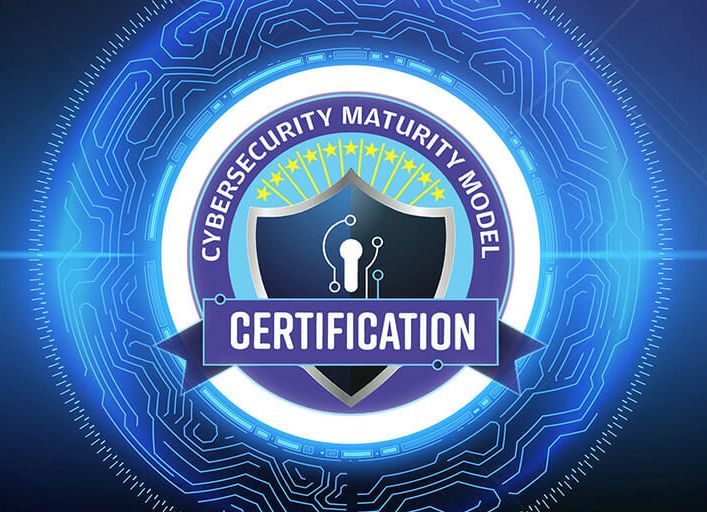In today's interconnected world, cybersecurity has become a paramount concern for individuals, businesses, and organizations of all sizes. The ever-evolving landscape of cyber threats means that anyone can become the next cybersecurity headline if they don't take adequate precautions. To protect your digital assets and sensitive information, it's crucial to implement the right strategies and make the necessary changes. In this article, we will explore five fundamental changes you can make to avoid becoming the next cybersecurity headline.
- Strengthen Passwords and Implement Multi-Factor Authentication (MFA)
One of the simplest yet most effective ways to enhance your cybersecurity posture is by creating strong, unique passwords for all your online accounts. A strong password should include a combination of uppercase and lowercase letters, numbers, and special characters. Avoid using easily guessable information such as birthdays or common words. Consider using a reliable password manager to generate and store complex passwords securely.
Moreover, implementing multi-factor authentication (MFA) is crucial. MFA adds an extra layer of security by requiring users to provide two or more authentication factors before gaining access. This typically includes something you know (your password) and something you have (a smartphone app or a hardware token). Even if a cybercriminal manages to obtain your password, MFA can prevent unauthorized access, significantly reducing the risk of a data breach.
2. Regularly Update Software and Systems
Cybercriminals often exploit vulnerabilities in outdated software and operating systems. Regularly updating your software, including your operating system, web browsers, and applications, is essential to patch security holes. Many updates are designed to address known vulnerabilities and improve overall security. Automating these updates can help ensure you stay protected without manual intervention.
3. Educate Yourself and Your Team
Cybersecurity isn't just the responsibility of IT professionals; it's a collective effort. Educating yourself and your team on the basics of cybersecurity is crucial. This includes recognizing phishing attempts, understanding the risks associated with social engineering attacks, and knowing how to safely use and access data. Regular training sessions and workshops can help improve cybersecurity awareness and best practices within your organization.
4. Regularly Back Up Your Data
Data backups are your safety net in case of a cybersecurity incident. Ransomware attacks, hardware failures, and other unexpected events can lead to data loss. Regularly back up your critical data to secure and separate locations, both on-site and in the cloud. Automate the backup process, so you never miss an update. Having a reliable backup ensures that you can quickly recover your data without succumbing to cybercriminal demands or suffering irreparable losses.
5. Implement a Robust Cybersecurity Solution
Invest in a robust cybersecurity solution that is tailored to your needs. Antivirus software, intrusion detection systems, firewalls, and endpoint protection tools can provide an essential layer of defense against malware, viruses, and other threats. Additionally, consider hiring a cybersecurity professional or consulting with a cybersecurity firm to perform regular security assessments and penetration testing to identify vulnerabilities and weaknesses in your system.
In conclusion, avoiding becoming the next cybersecurity headline requires a proactive approach to safeguarding your digital presence. By implementing strong password practices, keeping software up to date, educating yourself and your team, regularly backing up data, and investing in robust cybersecurity solutions, you can significantly reduce the risk of falling victim to cyber threats. Remember that cybersecurity is an ongoing process, and staying vigilant is the key to protecting your digital assets in an increasingly connected world. Don't wait until you're the next headline; take action now to secure your digital life.








